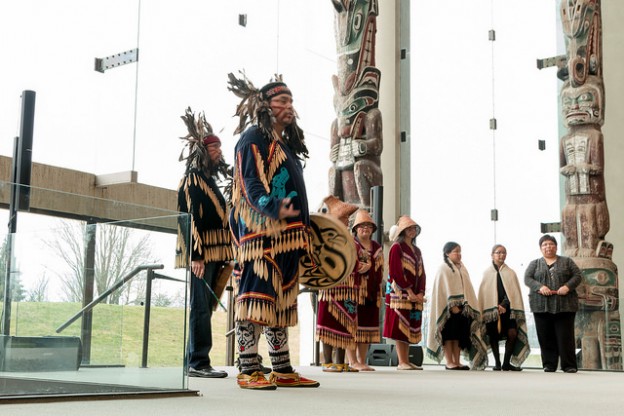As I stated in an earlier post, I grew up in Salmon Arm which is located on Shuswap Lake and is located approximately 500 km to the North and East of Vancouver, British Columbia. The Neskonlith band has a community that lives on the outskirts of Salmon Arm and they also have several communities near Chase, BC. Chief Judy Wilson is the current leader of this band. She is an interesting person and has an varied background in technology, communication and education. Her experience includes audio-visual production, book publishing, broadcast journalism and web planning. She has completed the second year of a First Nations Public Administration program and is working towards a Master’s Degree in Public Relations. She is a role model for her own community as Derik Joseph defines one in his paper and talk.
I found a wealth of resources and links on this site and want to share them here with ETEC 521 students. It is a wealth of information about issues and content important to the community and it is an example of how technology is being used to build and share knowledge both within and outside the community.
For a past class, we were asked to create a digital story. I created one and tied it to the places I have been and worked. I thought it appropriate to share it here as we start the course and tie myself to place and share in the tradition of providing my own context and perspective before embarking on my journey in this course or sharing my perspective on the readings and my view of the world.
